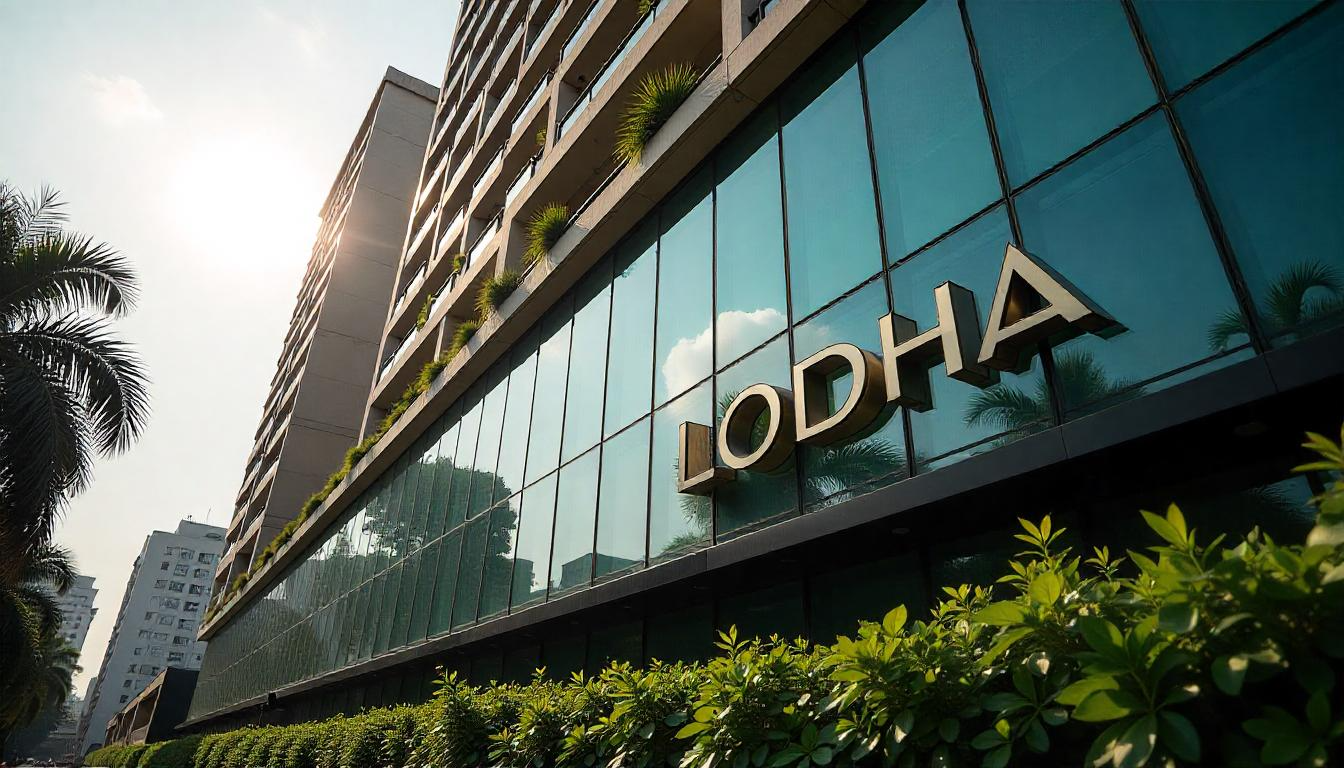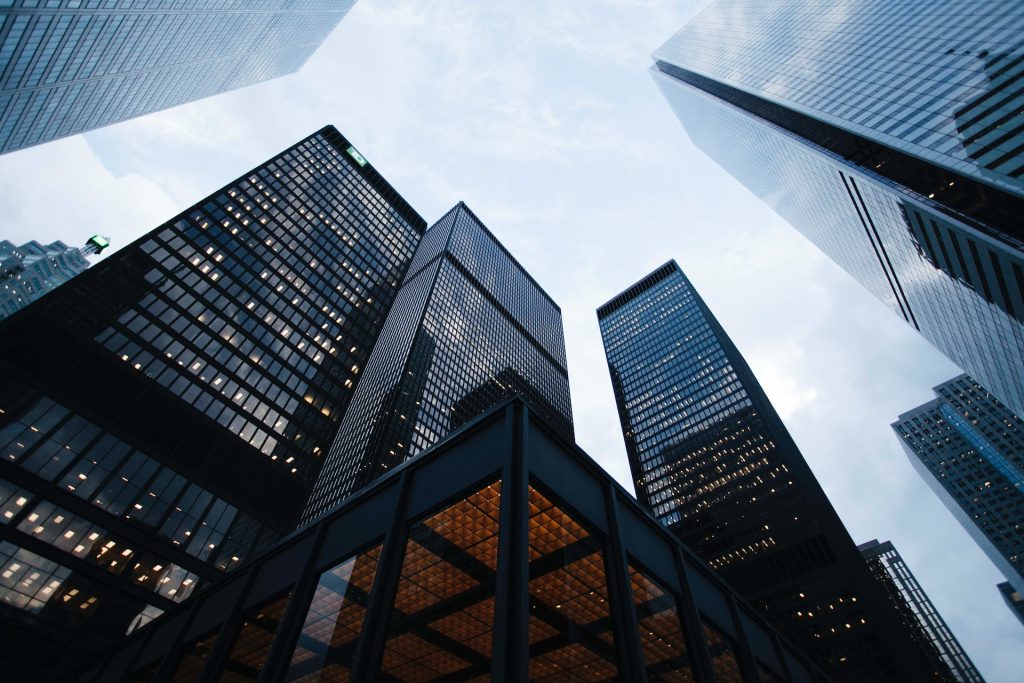According to documents accessed by CRE Matrix, acclaimed actor Shweta Tripathi, best known for her role in the hit series Mirzapur, has purchased a 3 BHK apartment in Chembur, Mumbai, for ₹3 crore. The property is located in Supreme Boulevard, a residential project developed by Mumbai-based real estate firm Supreme Universal.
The apartment spans 938 sq ft of usable area and is situated on the 9th floor of the building. Registered on July 2, 2025, the transaction involved a stamp duty of ₹15 lakh and registration charges of ₹30,000. Notably, Shweta Tripathi availed a stamp duty concession under the Maharashtra government’s policy that offers financial relief to women homebuyers.
The per square foot rate for the apartment stands at ₹32,000, and the deal includes two car parking spaces—an increasingly valued asset in the city’s competitive housing market.
Chembur, a suburb in eastern Mumbai, has experienced a surge in popularity in recent years, partly due to its improved connectivity and the influx of prominent developers. The area gained significant spotlight following two major acquisitions by Godrej Properties – the purchase of the iconic Raj Kapoor Studio and the Raj Kapoor bungalow. The current building under development on that land is part of Godrej’s broader strategy to redefine Chembur’s residential landscape.
With well-established social infrastructure and proximity to major business districts, Chembur continues to attract both end-users and investors alike. Shweta Tripathi’s recent investment further highlights the area’s growing appeal among Mumbai’s high-profile residents.
Make smarter real estate decisions with CRE Matrix’s data-driven insights. Book a demo now!











